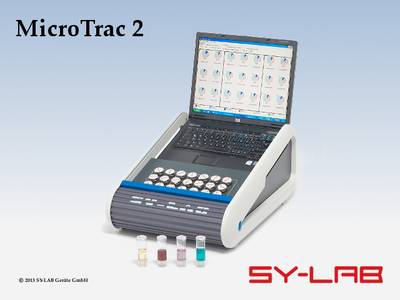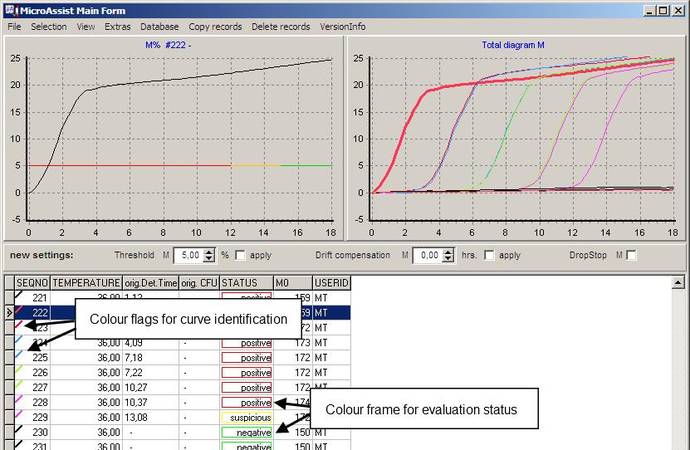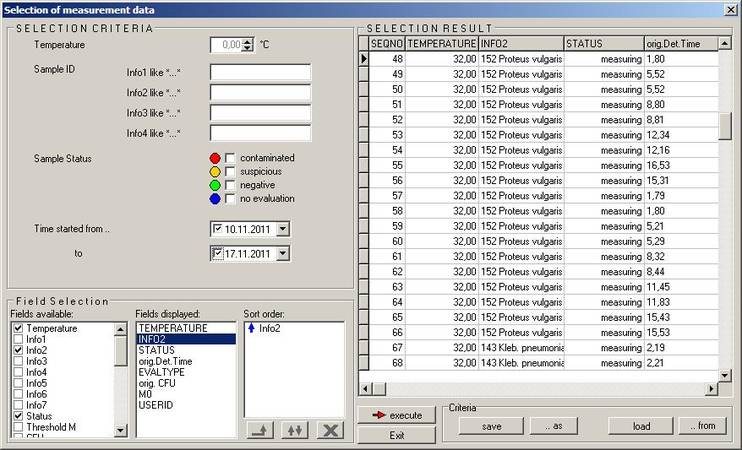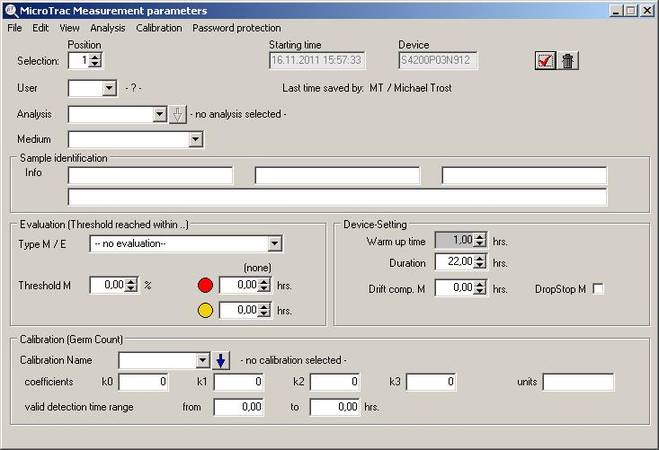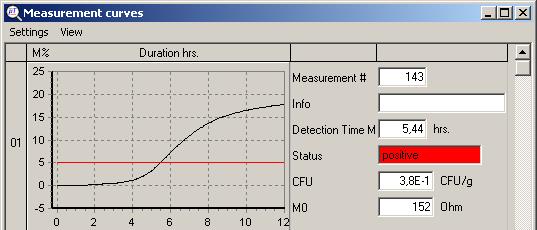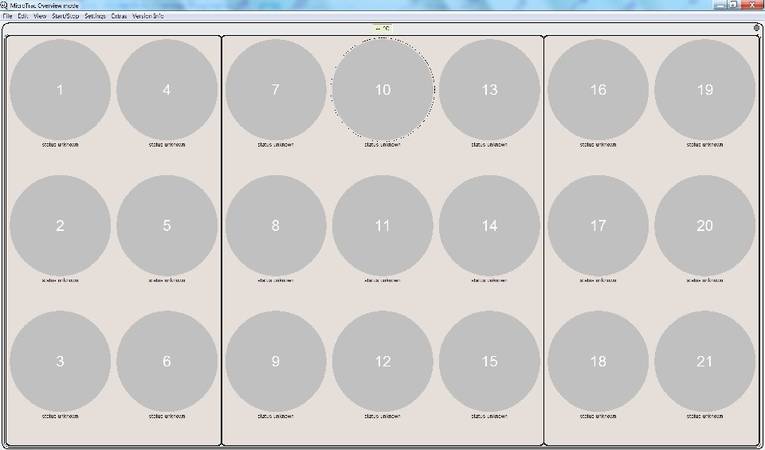BioTrac 4250 Microbiological Impedance Analyser
With 21 individual measurement positions and 1 temperature zone per instrument BioTrac is an ideal instrument suited for simple tasks in microbiology. The big majority of impedance application can be done by this small instrument
- The BioTrac measuring technology is based on simple impedance detection using a 2-electrode system.
- The BioTrac 4250 is user friendly and is ideally suited to the challenges posed by long-term use. The individual measurement positions can be used independently whenever samples are available to be tested. Newly inserted samples will be recognized and analysed automatically according to the parameters set by the user.
- The entire measuring cycle is automatic and the results are permanently recorded to a central database. Barcode readers and a central LIMS can be connected. The BacWin operation and evaluatoin software is easy to understand and operate.
- The BioTrac techology is an internationaly highly accepted and proven technology. It is successfully in operation in food and food ingredients, water, as well as pharamceutical- and cosmetics industries. It also plays a leading role in the official food hygiene monitoring in various countries.
- With BioTrac many microbiological routine applications will be coverd. It can be used for sterility testing, TAMC enumeration as well as testing for index and indicator microbes and to detect microbial pathogens.
- The scope of applications is limited to those protocols operating on a 2 electrode impedance technology.
Advantages of BioTrac 4250
Technology
BioTrac Measurement principle
Microorganisms are detected in real time via the decrease of the impedance in an AC field. Any impedance change caused by the microbial metabolism is detected.
In the BioTrac devices a proprietary impedance technology is employed. Usind this technology a standard impedance signal ( Media Impedance = M- value) is registered as the reuslt of microbial growth.
During the growth of microbes low- or non charged nutrient molecules are metabolised. This break down of nutrients generates small and highly charged metabolites. The later will result in a change of the impedance of the nutrient media that is registered by the instrument.
The more microbes are present in the sample the sooner results will be available.
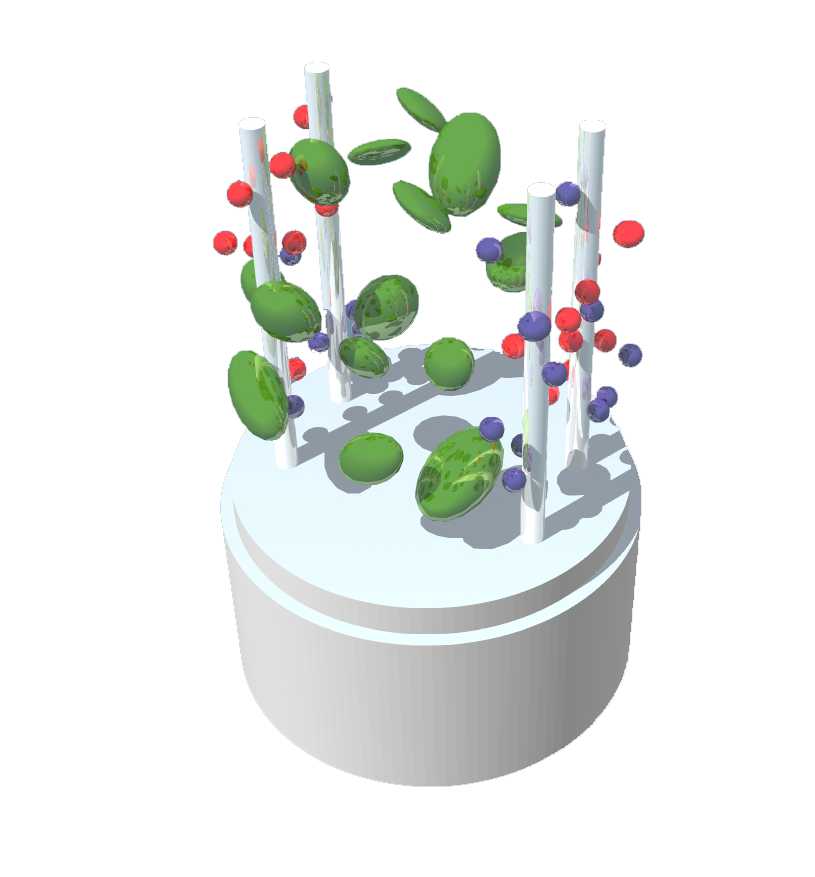
Software
BioTrac Software Specials
The areas of BioTrac 4250
Available tests & FAQs
Pathogenes
- Bacillus cereus
- Salmonella
- Cronobacter
Hygene indicators
- Total aerobic mesophilic counts (TMAC)
- Enterobacteriaceae
- Coliforms
- Enterococci
- E.coli
- Yeasts and Moulds
Special areas
- Activity testing
- Osmotolerant Yeasts
DIN, §64 LFBG, ÖNORM
- DIN 10115: General Standard
- DIN 10120: Detection of Salmonella in Foods
- DIN 10122: Enumeration of total mesophilic aerobic counts



